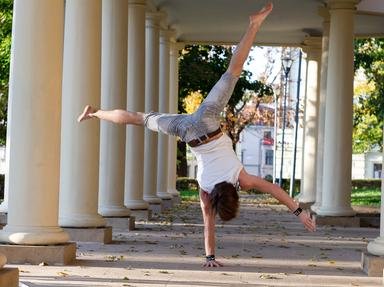Quiz Answer Key and Fun Facts
1. To take a sauna bath, you will at first obviously need a sauna. You can find one in a spa, in a health club, or, increasingly, in private households. Which of these best describes a Finnish sauna?
2. Apart from the sauna itself, every sauna installation, regardless of size, requires a second essential feature. Which one of these is it?
3. You have just arrived at a sauna (or switched on your own, if you are lucky enough to own one). Which of the following items will you absolutely need to enjoy the bath?
4. While the true Finnish sauna ritual lasts much longer, what is the recommended stay in the sauna for a normal user?
5. Regular sauna baths have positive health effects on sufferers of all of these conditions EXCEPT FOR:
6. The Finnish people call it löyly, the Germans call it Aufguss and the English language does not even have its own word for this important part of a true sauna ritual - what does it involve?
7. In a sauna, you will find usually sitting benches at different levels. Which of these best describes the reason for this?
8. At what age should you start introducing children to the sauna bath?
9. If you are a true sauna aficionado, you will one day consider installing your own sauna in your house. Which of these is NOT an advantage of your own sauna over going to a public installation?
10. On the topic of sauna and alcohol: only one type of alcoholic drink is traditionally accepted in moderation during and after sauna baths. Which one is it?
Source: Author
WesleyCrusher
This quiz was reviewed by FunTrivia editor
ozzz2002 before going online.
Any errors found in FunTrivia content are routinely corrected through our feedback system.

